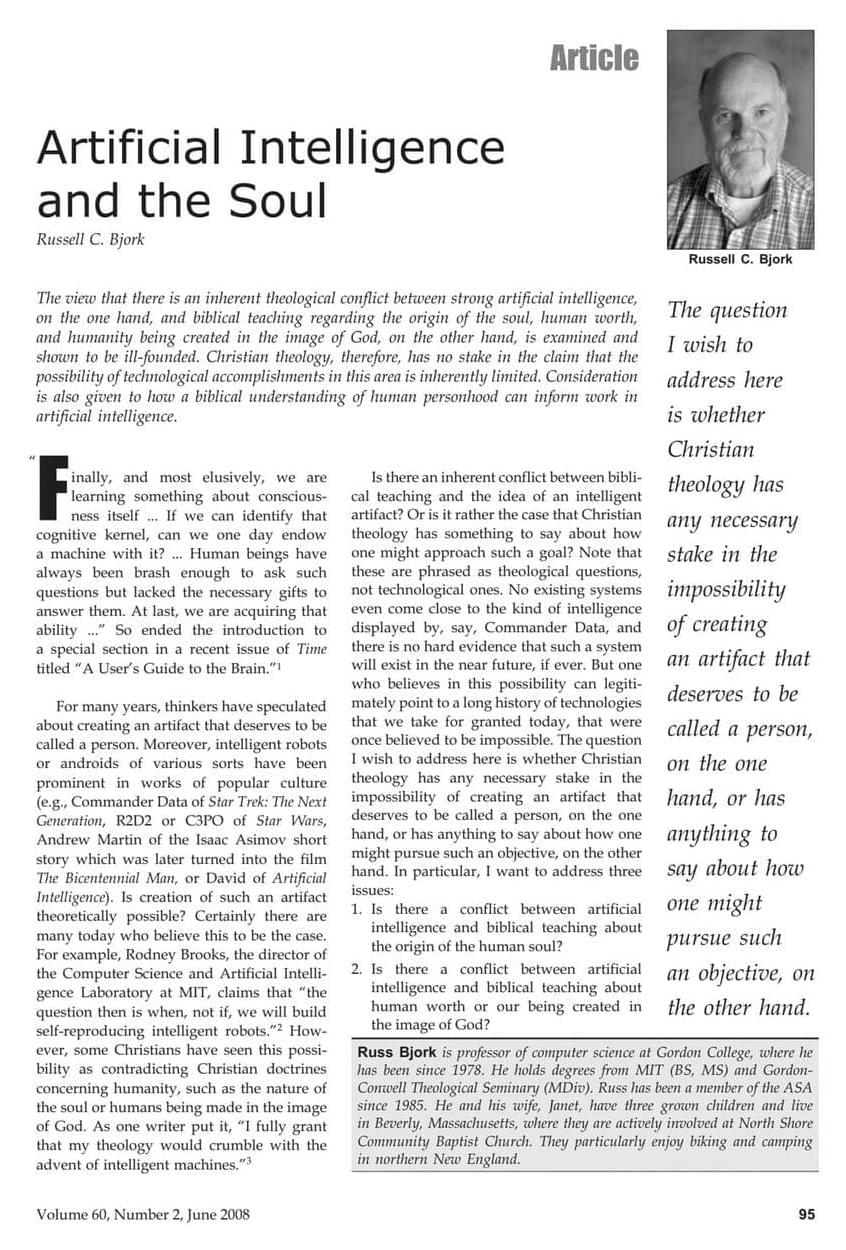The key innovation in this new desalination technology is fluorine, a hydrophobic element that that’s long been prized for its desire to be left alone. It’s no accident that fluorine is a key ingredient in Teflon, which is used on non-stick pans to keep fried eggs from sticking and inside pipes to make fluids flow more efficiently. At the nanoscopic level, fluorine repels negatively charged ions, including the chlorine in salt (NaCl). Its electric properties also break down clumps of water molecules that can keep the liquid from flowing as freely as possible. -(IE)
-Desalination is something people need to consider with rising sea levels and changing weather patterns, like drought.
Oligoamide nanoring-based fluorous nanochannels in bilayer membranes enable ultrafast water permeation and desalination.









